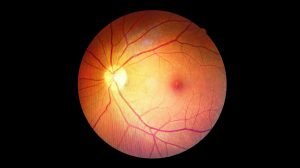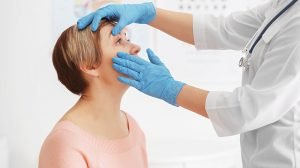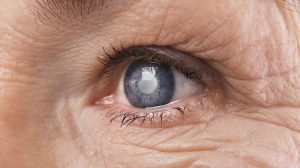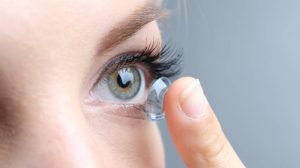Dry Eye Disease or DED can be a very annoying, even painful condition. More and more people, even kids, are suffering from dry eyes, and a lot has to do with spending more time behind the computer. Although DED does not result in permanent vision loss, it can be debilitating.
In this article, you will learn more about the causes, symptoms, and therapies possible for this condition.
What Is Dry Eye Disease?
Dry eye disease is common when your tears cannot provide adequate lubrication to your eyes. Tears provide moisture and lubrication to help you see and keep your eyes comfortable and lubricated. DED usually affects adults, but recently, more and more children have dry eyes. The increased amount of time behind a computer is likely one of the causes.
What Causes Dry Eye?
The two leading causes of DED are insufficient tear production and poor tear quality.
The tear film is essential to keep your eye’s surface lubricated, clean, and protected. Three layers make up the tear film: the oily layer, the aqueous fluid layer, and the mucous layer. Issues with any of these layers can cause dry eye disease.
Most DED results from insufficient tear quality due to Meibomian gland dysfunction. These small glands in your eyelids are essential for good quality tears but sometimes become clogged up, leading to DED.
Other possible causes of tear film malfunction are:
- Hormonal changes
- Autoimmune disease
- Allergic eye disease
- Decreased tear production
- Increased tear evaporation
Symptoms Of Dry Eye
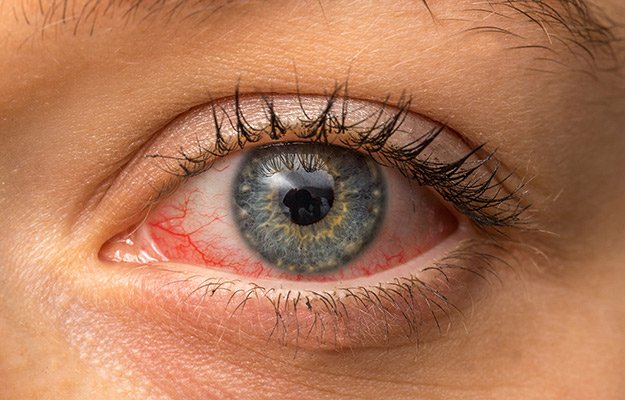
Dry eye disease can cause the following symptoms:
- Dryness
- Itchiness or general eye irritation
- Excessive tearing
- Redness
- Foreign body sensation
- Glare or halo’s, especially at night
Treatments
- Artificial tears: These eye drops can be obtained without a prescription and used as often as necessary.
- Hot eye patches: Using a hot patch for 20 minutes a day helps unclog the Meibomian glands, which will improve your tear quality and reduce dry eye symptoms.
- Punctal plugs: Natural tears drain from your eyes through a duct. Sometimes the tears drain too quickly, causing dry eyes. Tiny silicone or gel plugs are implanted in your tear ducts and are removable if needed.
- Medication: Cyclosporine is an anti-inflammatory medicine widely recommended for dry eye syndrome.
- IPL or Radiofrequency therapy: Special devices can help unclog the Meibomian glands and improve the eyelid’s inflammation.
Tips for preventing or reducing dry eye symptoms:
- Avoid direct air blowing into the eyes (hair dryers, car heaters, air conditioners, or fans)
- Consider wearing sunglasses or other protective eyewear.
- Close your eyes for a few minutes or repeatedly blink for a few seconds to give your eyes a break after long tasks or to work on a computer
- Pay focus to the position of your computer screen.
- Stay hydrated
- Stop smoking and avoid smoke.
If you suffer from the symptoms of dry eyes, get an exam today to find the best treatment for your eyes.
Every patient deserves top-quality eye care from us. European Eye Center focuses on providing Western-standard services and determining appropriate treatment plans to help patients restore their vision in a feel-like-home atmosphere.
We are happy to help if you have any questions about dry eye disease, other conditions, and our primary services. Don’t hesitate to connect with us at appointment@europeaneyecenter.com
Contact us today to schedule an eye care service!
EUROPEAN EYE CENTER
www.europeaneyecenter.com
📌 41 Nguyen Duy Hieu, Thao Dien, District 2, Thu Duc City.
📞 (+84) 28 225 33572


